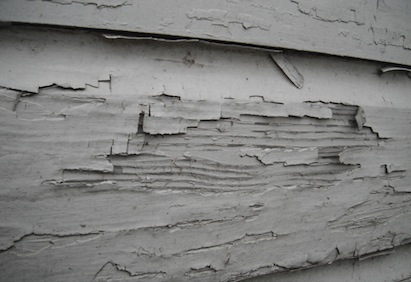Despite being in place for 18 months now, the details of the federal government’s lead paint rules continue to change.
The latest updates this summer to the Lead Paint Repair and Renovation Program rules that apply to pre-1978 homes were, all-in-all, a positive for remodelers, with contractors getting some of the changes they wanted from the Environmental Protection Agency.
The NAHB, which has been lobbying Congress and working with the EPA in an attempt to modify the rule, has put together an analysis of the latest changes. Here are five highlights that should be a plus for the industry:
1. No mandatory third-party testing
In probably the biggest development this summer, the EPA agreed not to require third-party, post-project clearance testing.
As part of a settlement with the Sierra Club and other groups, the EPA had proposed that contractors would have to hire a licensed, third-party tester to perform post-project testing on all remodeling jobs. The results would have had to be evaluated by an independent lab.
The EPA was persuaded by trade groups’ arguments (and Congressional pressure) that the new standard would put an undue financial burden on remodelers, and not offer significant benefits to homeowners, especially with the unreliability of most tests currently on the market.
EPA had estimated the new rule would cost about $400 million annually. NAHB had estimated the tests would cost hundreds of dollars, especially burdensome on smaller projects, not to mention the costs of potential project delays from testing.
2. Online training an option
Although the EPA has been allowing online training through various trade associations, including CEDIA and the Oregon Home Builders Association, the modified rule now explicitly states that this is allowable. This will allow remodelers, even in the 12 states that have taken over administration of the rule, to replace the classroom portion of the training with an online version. The hands-on portion of training must still be conducted in person.
3. More testing options
One of the most challenging parts of the implementation of the rule has been the lack of easy-to-use, reliable and inexpensive testing kits. That has made it difficult for homes to test out of the lead-safe work practices, an option under the LRRP rules when there is no lead paint present.
This issue is what prompted U.S. Rep. Denny Rehberg (R-Mont.) to introduce an amendment to a funding bill that defunded EPA’s enforcement of the rules until an effective test could be found. That bill passed the House, but hasn’t been taken up by the Senate.
NAHB had petitioned the EPA to revise the RRP requirements to reflect that lack of effective testing kits. Instead, the EPA opted to expand the rules to allow remodelers to collect paint chips and send them to a third-party lab as an alternative. It is an improvement, but there are only about 100 accredited lab in the country and many states do not have any.
4. Further definition to containment rules
According to NAHB, the standards laid out by EPA for containment of lead paint dust presented potential risks to worker safety and could violate OSHA regulations.
Essentially, the rule now clarifies what efforts need to be taken in windy conditions and to allow contractors more freedom to contain paint dust and chips.
EPA also agreed to keep its definition and standards for HEPA vacuums in line with the original 2008 rules rather than the differing rules proposed under the Sierra Club settlement. That means remodelers that had purchased HEPA vacuums and filters already won’t need to make further investment in equipment. The rules does state, though, that remodelers need to make sure the vacuum is “operated and maintained in accordance with the manufacturer’s instructions,” so a record of that maintenance should be kept in case of an EPA audit.
5. New requirements for states
EPA also issued two new guidelines for the states (12 as of this writing) that have taken over administration of the rule from the agency.
The guidelines set the maximum fine a state can levy at $5,000 per violation, bringing it in line with the new EPA levels. States also have to provide procedures and requirements for how accredited remodelers can perform on-the-job training for other individuals performing renovations. The states can also opt to require all contractors working in pre-1978 homes to be accredited. The states have two years to make the changes.







